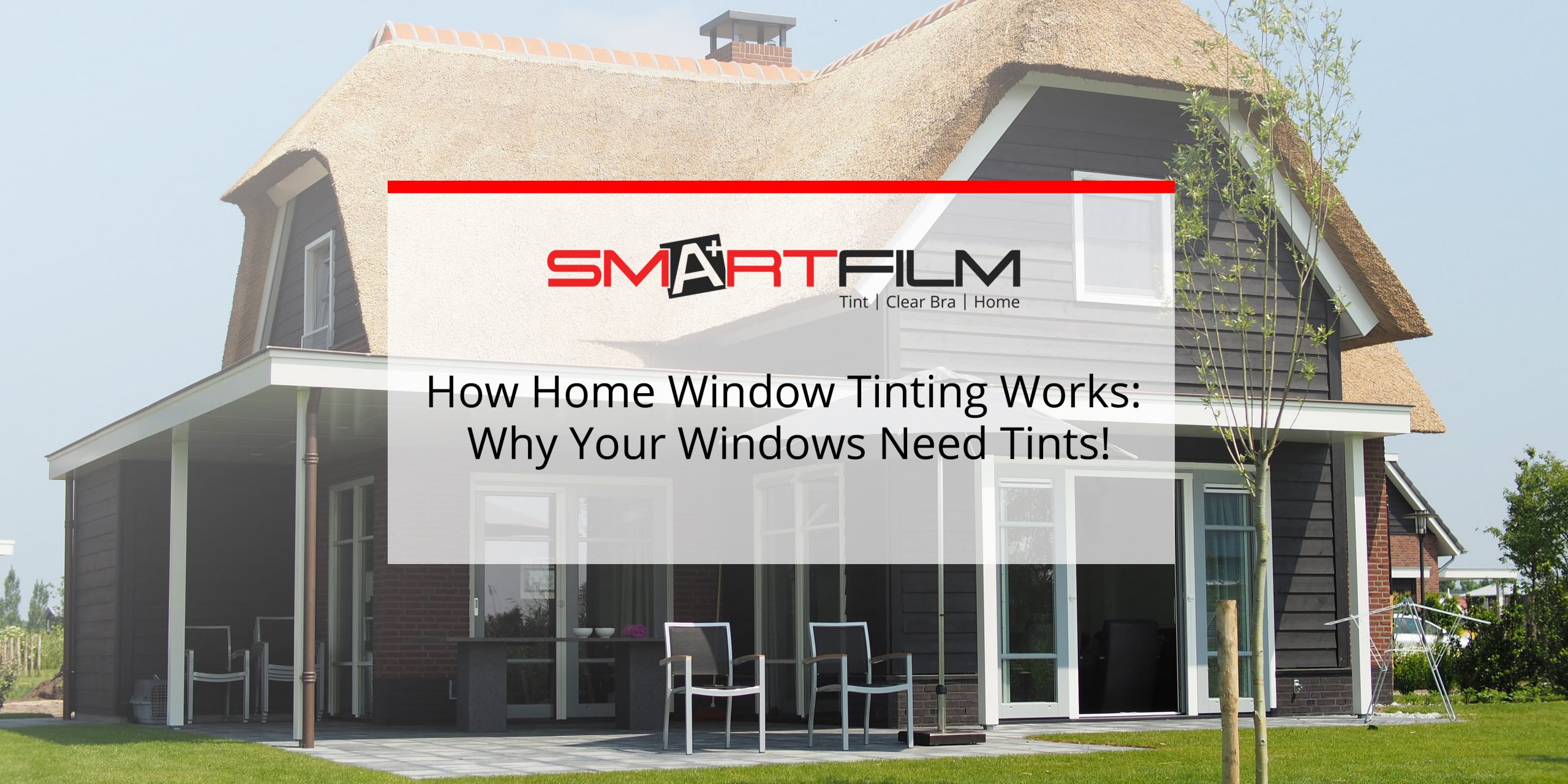How Home Window Tinting Works: Why Your Windows Need Tints!
With the new decade coming in, it’s tempting to redecorate and improve your home. But admittedly, not everyone thinks it’s a necessity — if not, some view it as another luxury. Little did they know that there’s a kind of home decoration that’s actually a recommended investment by builders; home window tinting!
Residential tinting is a home improvement project that offers multiple benefits that can improve homes without breaking the bank. Aside from the usual UV and heat blocking, it has advantages that ensures it’s worthy of your investment.
But before we discuss its several great features, let’s first talk about how residential window films actually provide sun control!
How Home Tinting Keeps Homes Cool
Unbeknownst to many, people are actually exposed to three main kinds of rays from the sun; visible light, infrared rays, and ultraviolet rays. Large amounts of these rays pass through unprotected windows and glass panes.
Once these rays hit an object within your home, it naturally absorbs the light and reproduces it in a reformed wavelength that heats up a room. And unfortunately, the by-product can no longer go out your window, resulting in a heated home.
Most homeowners would end up using drapes or curtains to avoid the sunlight but they’re not really effective enough to reduce heat. And though there’s still another alternative in the form of exterior shutters, they hardly let any light in. Whichever of these options you choose, you end up hiking up your electric bill by either using lights or keeping it cool.
Installing home window tinting has been proven to be a more effective approach as it rejects more than 70% of the sun’s heating energy without darkening a room. No matter the type of window film, they are created to intercept both infrared and UV rays. It will only allow natural light to pass through, keeping your home cool and well lit.
Aesthetically Pleasing Windows
Recent technology has altered the game for residential tints. Unlike before when the available options were only limited, homeowners can now choose from a wide variety of tints including colored or shaded ones.
Depending on your needs, there are different types of window film for increasing privacy, improving shatter resistance and glare protection. Here are some of the most common kinds of home tints available in the market!
Heat Control Films
While most films are created as defense mechanisms against UV rays and unwanted heat, heat control tints are made to specialize in that area.
These films will allow natural light to penetrate your windows while blocking solar heat and harmful UV rays. This guarantees you your home will still have the benefit of sunlight minus the heat and the fading properties that can destroy your furniture and walls.
Glare Control Tints
With the help of this residential film, homeowners can comfortably lounge and watch their TV with reduced glare.
The same anti reflective coating used on eyeglasses is essentially the same technology used in this tint. It makes looking at electronic devices more comfortable and better for the eyes.
Energy Films
This clear residential tint helps you save money by saving your home’s cooling energy during summer time. According to the US Department of Energy, around 25% of a home’s energy is lost through windows. This makes the energy tint the perfect solution in maintaining energy!
Decorative Window Film
Those who want to really spice up the look of their homes opt for decorative films. These films have the ability to mimic ornate stained glass while providing more privacy to your rooms. Furthermore, they can be cut into different pieces, making it perfect for any glass surface. Done properly, they can add more to your home!
Privacy Films
There are three kinds of privacy tints homeowners can choose from depending on their preference. There are frosted films, mirror films and black window films.
Frosted tints allow natural light to pass through the windows while ensuring no one from the can see in. They are often recommended for double-paned windows located in the kitchen. On the other hand, mirror tints offer both one-way and two-way options but experts often recommend the one-way option for homes.
Lastly, black tints are the best option for those who want to lessen the sunlight that comes into their homes.
Each of the aforementioned privacy films are created to improve the privacy of homes and are recommended to be used for lower window panes or lower levels of houses.
Security Tints
Another great way of further improving the safety and security of homes is by purchasing security films. These tints will reinforce the strength of your windows, making it harder for burglars to break into your home.
Furthermore, it has the ability to improve the shatter-resistance of your windows! Should any accident happen to your glass panes, it can hold the broken pieces together — preventing any household member or bystanders from getting injured.
How to Tint Windows At Home
Just like car window tinting, there’s an option for most homeowners to avoid the often expensive home window tinting cost by tinting their homes by themselves. However, this poses a question of whether it’s really cost-effective as it seems.
Unbeknownst too many people, the process of tinting — in general — requires expertise. To ensure that the tint will be as effective as it’s supposed to be, it must be installed using the right tools and the right techniques.
While it may be true that it’s tempting to simply just by tint kits, having professional installation triples the benefits you’re sure to get from home window tinting! Don’t be intimidated by its price tag, there are installers like SmartFilm that offer cost-effective services!







